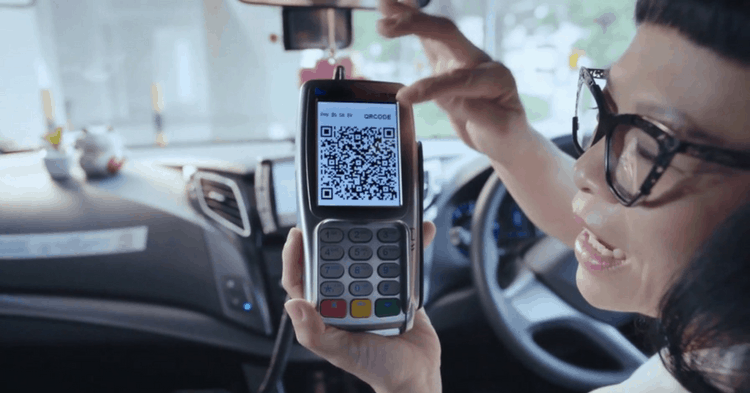“Sorry Uncle can use Paylah?”, I asked the confused taxi uncle – his face left agape by this new fancy word “Paylah!”.
I gestured to the e-payment machine and furiously pointed at the QR-code button. The Uncle merely looked at me, reacting as if he had just been informed of the existence of magic.
E-payments or electronic-payments have exploded in Singapore, from the humble Kopitiam to the fancy bistro, even taxi drivers are getting in on e-payments. It seems that Singapore is moving towards cashless at an accelerated pace. But, how easy is it to survive purely on e-payments in Singapore?
Even before this ‘adventure’, my experience with e-payments was a bitter one. Often, hawkers wouldn’t understand or bother with these payments, with many seeing them as a hassle rather than convenience.
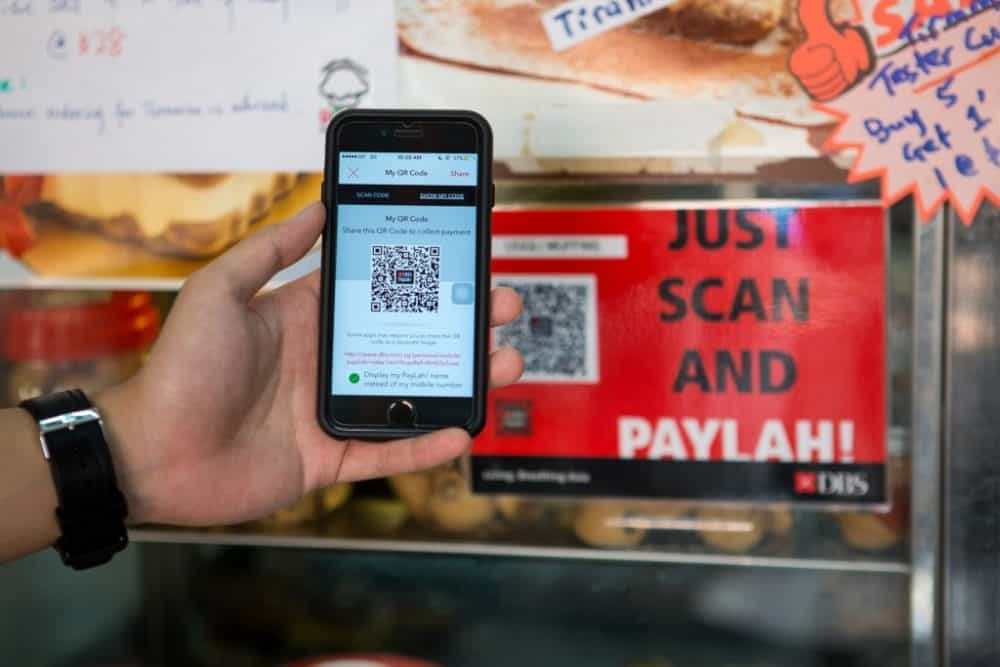
When I was in university, I would queue at the canteen with my card in hand. I tapped my feet furiously while looking down at the queue. It seemed that someone was desperately trying to make a contact-less payment – but it kept failing.
Both the hawker and the student were both frustrated and flustered by the queue that had gathered. By the time I reached the front, it seemed the hawker was in no mood to have any more of this fancy new technology. It was only cash for the hawker.
Why?
Perhaps it’s the inconvenience of it, or that cash is simple and effective. Reasons for the lack of adoption of e-payments vary. But what about emotional reasons?
E-payments are nothing new. After all, depending on how you define it, NETs is an electronic payment system. But unlike NETs, it seems there has been considerable pushback over e-payments.
To understand why, I decided to spend my weekend purely on e-payment systems.
No More Hawker Food For Me?
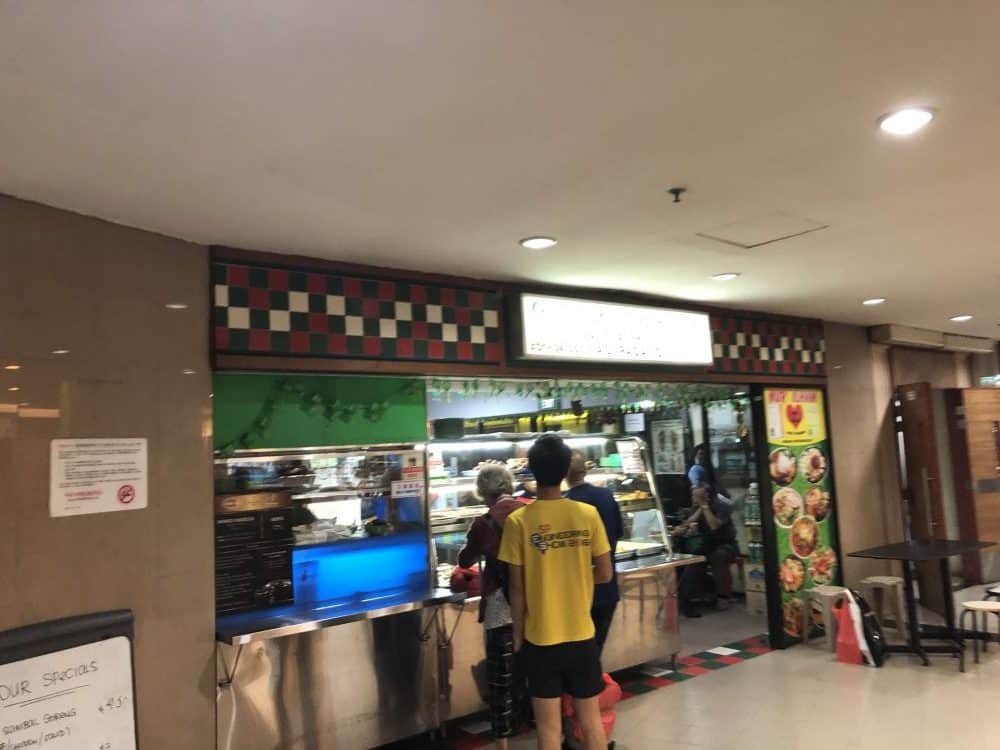
Evidently, I knew that I wouldn’t be eating much hawker food for the weekend. Those small and discreet hawker shops tucked into corners of shopping malls or MRT stations.
There are no signs of NETs machines – let alone a QR code.
I gave up, and my Friday dinner was from a 7/11. Stale microwave food would have to make do. For the average hawker, e-payments seems to be too much of a hassle for them to care.
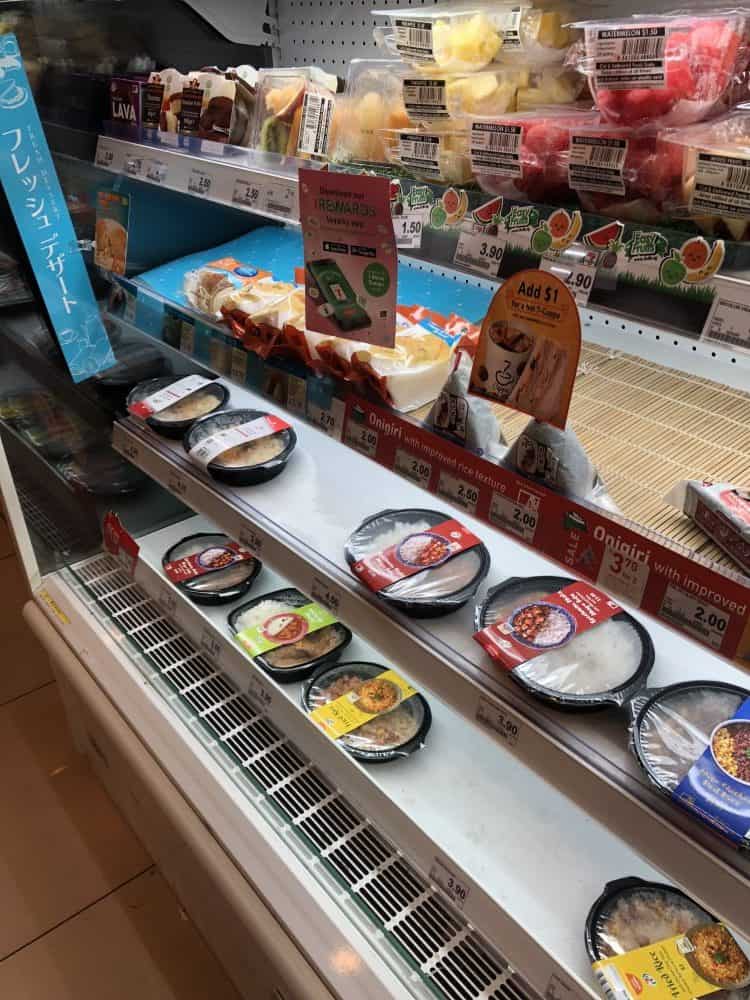
After all, it would require more electronics and power to run, an energy which often leads to a price rise. Added to that are the pressures on Hawker rental prices.
Cash doesn’t seem to cost anything, and it doesn’t require them to learn new skills. But using a phone and powering them would cost more than simply demanding for cash.
The Little Things
As I munched down on a mass-produced over-salted mac ‘n’ cheese, I was assaulted with a desperate need for a drink. But having walked to a lovely park, there wasn’t much to drink apart from untreated water.
A vending machine!
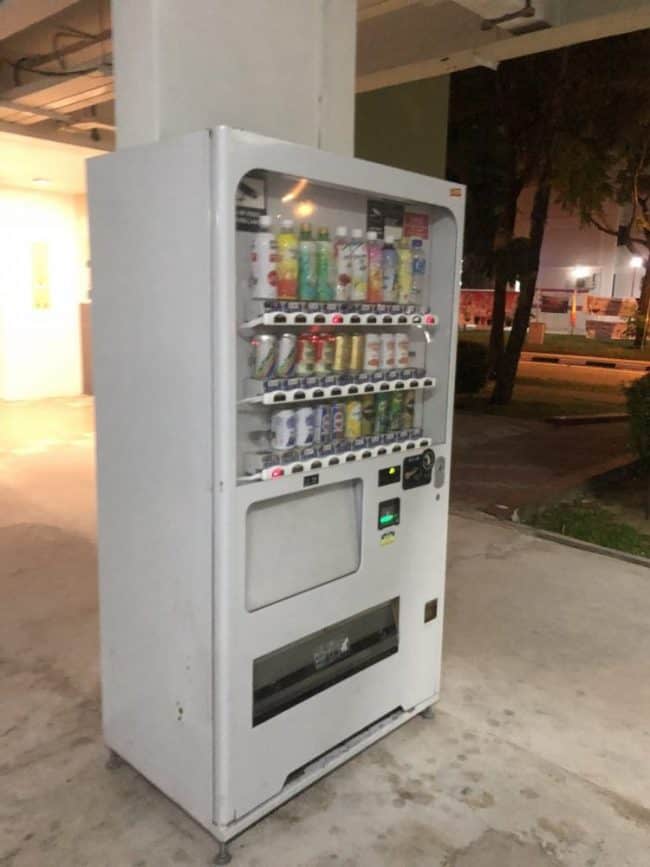
But alas, it had no QR code or NETs terminal. I stood staring at the machine – desperately wanting to open up my wallet for cash. If e-payments hadn’t even made it to vending machines, who’s to say anyone can consistently rely on them.
Sure, the odd ‘atas’ vending machine would have a QR code to pay for their goods. But these were rare, and it honestly depended on your location. Even then, in areas like the Central Business District, the old plastic monoliths can only be fed by coins and notes.
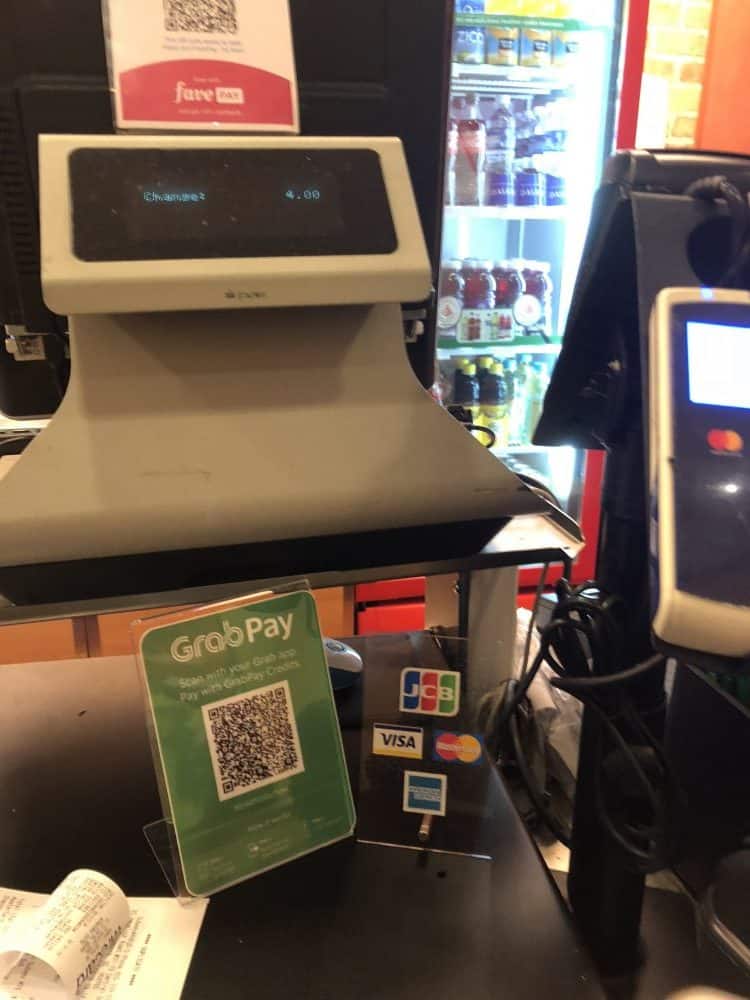
When it comes to online payments, using e-payments can be a hassle. Sure, you could use your credit cards, but, what if you put the majority of your cash in Grab Pay or Paylah?
Having to move around money during online payments simply adds an extra step, and it seems to be the opposite of what these platforms aims.
50 Cents Of Progress
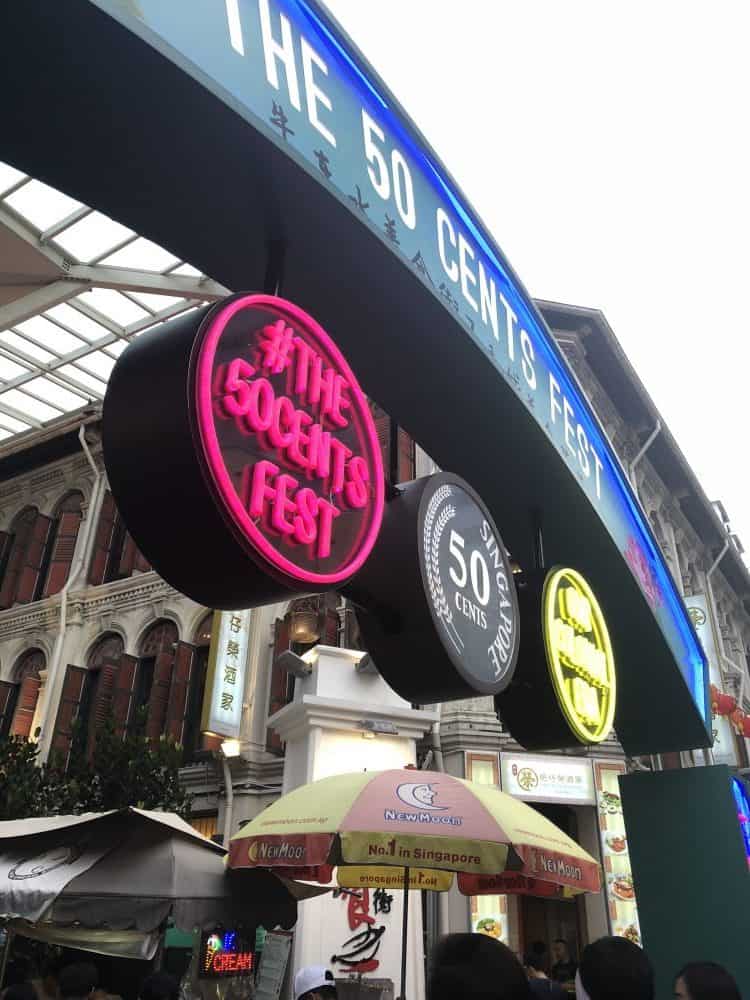
How are e-payments comfortable at pop-up festivals or events? Well, there are promising signs. Many of these e-payment platforms have pushed to get promotions and usage by vendors.
In a packed queue, I was pleasantly surprised by the use of e-payments at the 50 Cents Festival. Many of the vendors had adopted Paylah, and the process was efficient and straightforward.
But I couldn’t help wondering throughout the process about my phone’s low power. My battery was inching towards the 1% mark. My anxiousness only increased when a vendor and a customer were attempting to decipher if payment had been made.
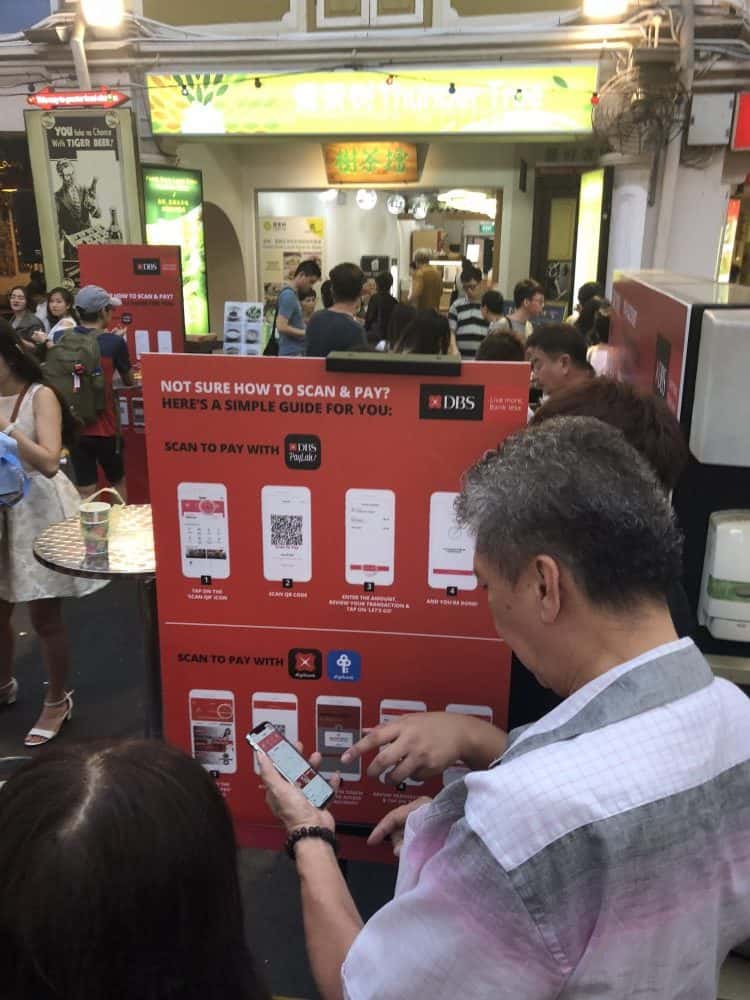
Behind them laid a queue of impatient festival-goers. Amidst them, I held on to my phone and desperately prayed it wouldn’t lose power.
Would payment have been faster if the customer just handed over 50 cents?
Given time and simplification, perhaps e-payments would be more commonly adopted. However, there still a lot of work to do.
As long as you choose the right e-payment service (or more precisely, the most popular), I’m sure you wouldn’t have a problem.
Yet, determining which is the ‘popular’ e-payment service would require some experimenting.
Paylah can be used in just about anything, but don’t expect to use it to pay for Grab. Some stores only accept Favepay, not Paylah. In the end, the convenience promised by these platforms can be boiled down to your luck with a store.
Conclusion
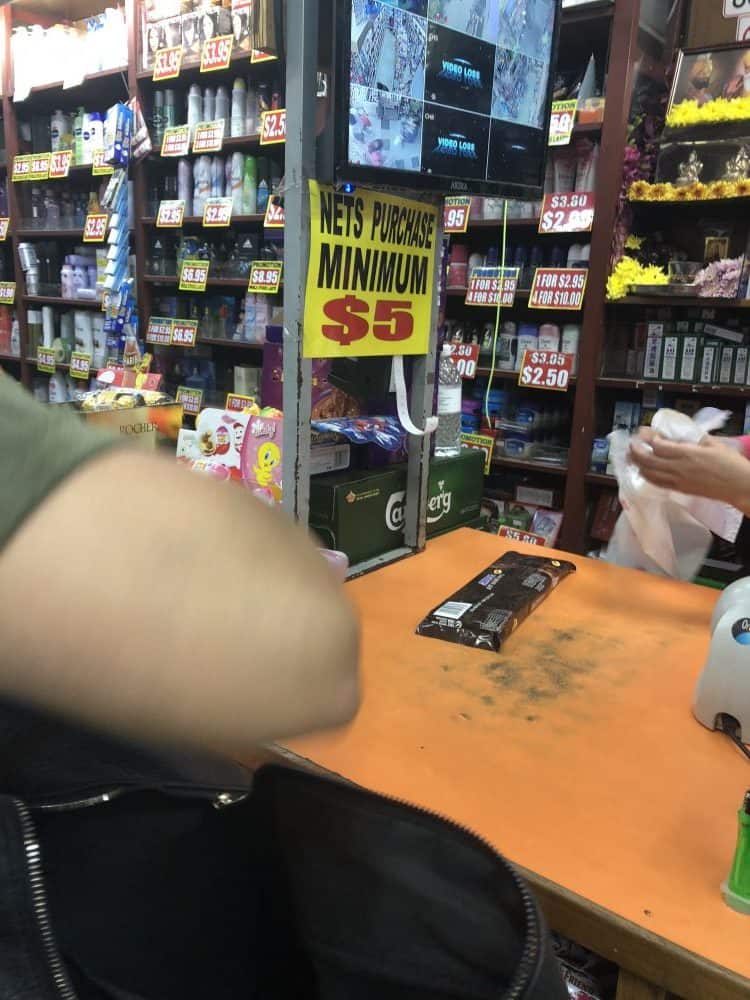
After the two days, I decided the first order of business was to withdraw money. Is living only on e-payments do-able? Yes, but there’s still some hassle to go along with. Trouble and a multitude of e-payment platforms make it difficult to use, but with greater support, it could be the way of the future.
For now, I’ll just stick to NETs and cash.
Featured Image: DBS







